Learners leading the learning
Often as teachers we get so lost in a never-ending list of things to do and curriculum to cover, as well as juggling the everyday happenings of a school. But what if we gave ourselves the flexibility and permission to savour and explore the everyday wonderings and discoveries that our students have? What if we stopped, listened, watched, and used their passions and incidental discoveries as the starting point?
Capturing learning moments
During our Unit of Inquiry into Sharing the Planet we have been looking into how living things survive. The students have eagerly participated in lessons looking at features of animals and their environment.
When out on the playground one day a student saw a frog and happened to catch it. Naturally, I could have asked him to put it back and move on with our day. I could have explained the importance of leaving it in its habitat or the germs the frog could have had. But I stopped, I watched his expression, I listened to the children around him, their awe, their questions, their pure delight, and I realized it was in these moments that I was going to best teach. It was these moments that the students were going to remember for years to come. So, we got a container, we put the frog in it, and I asked them what they wanted to do next. They enthusiastically shared ideas with me, and then partnered off and went to find things the frog would need to survive. I watched as they were exploring their environment and actioning the learning we had done in class. Isn’t that what every teacher wants, for their students to use and action what they teach?
Approaches to learning ATLs in Action – Research Skills
Next, as a group, we discussed the needs of the frog, we tapped into knowledge we already had to decide what the frog needed to survive. What I discovered though, was that my students had more questions than answers. So, we recorded our questions using different question stems and we looked at how as researchers we could find out answers.
We went to the library to find and borrow books and we used a range of apps on the iPad such as Epic and Big Universe to find information.
Each student recorded a question they had about the frog, they read books, and listened to videos to find information. They drew and wrote on whiteboards any information they thought would be useful. They then organized and created a workpiece with their question and their answer. To finish, students shared their findings with the class to help us learn more about frogs and toads.
Authentic Action
When playtime came around again, many of the children came to me concerned about the frog. To survive he needed to be back in his habitat. He needed to be let go. We had another class meeting and decided the frog needed to be returned to where he was found. Of course, this could not happen without naming him first – so after a quick class vote, Herbert the frog and the class went back to the playground and Herbert was released back into his habitat.
Reflection
After the children went home that afternoon, I sat and reflected on the day – did I complete the writing task I had planned? No. Did I complete the lesson I had planned on Non-Fiction texts? No. But what we did instead, involved so much more than I could have planned – students were questioning, researching, using non-fiction texts authentically to find information. They were writing to share their knowledge and piecing all their learning together to make authentic connections and lifelong memories.
Students were given the permission to inquire but for that to happen, I had to give myself permission to let go of my plan and follow their lead.
I challenge you all to listen carefully to their wonderings, watch as they play, what are they interested in? What are they questioning? Because if we give ourselves the permission to follow their lead, we may end up teaching more authentically and transdisciplinary than we even realized we could. Make connections, inquire, have fun, and let them be kids.
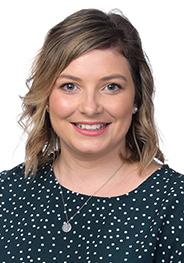
Emma Sandford is a PYP Preparatory teacher at Australian International School Singapore. Emma is an experienced IB PYP teacher and has a passion for igniting students’ curiosity and engaging them in a range of open-ended inquiry-based learning experiences, allowing each child to reach their full potential. Within her practice, Emma facilitates opportunities that assist her students to question, wonder and take action. She encourages them to act with kindness and respect when making decisions as informed global citizens.

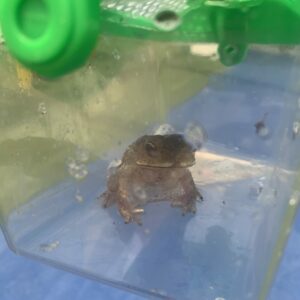

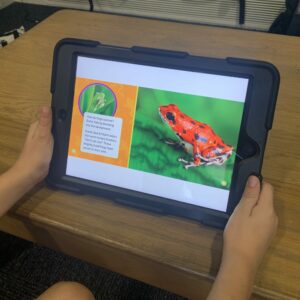

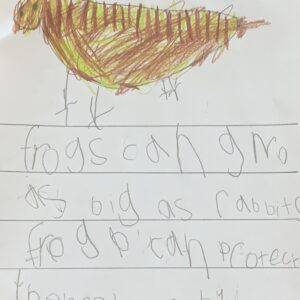
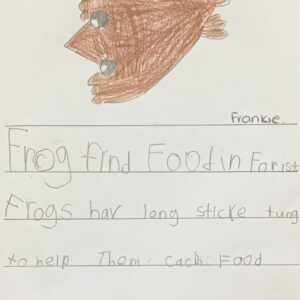
No comments yet.